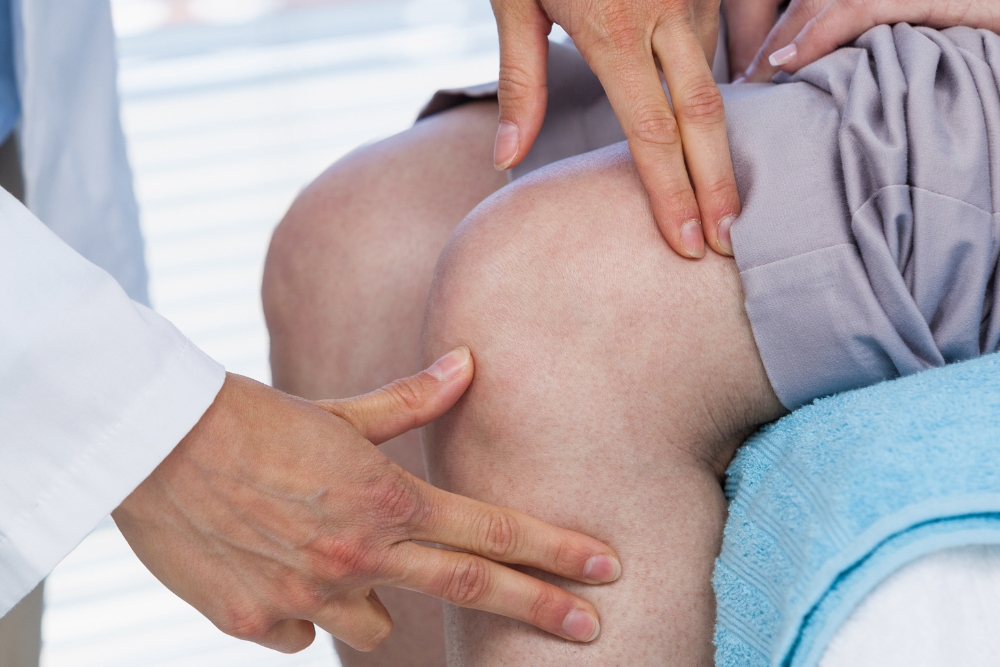Hip Pain Guide: Causes, Symptoms and Treatment Options
Hip pain can disrupt daily life, limiting movement and comfort. This guide explains common causes—from bursitis and tendinitis to fractures and labral tears—how to spot symptoms, which risk factors to watch for, and the diagnostic steps and treatment choices available. Learn practical strategies and when to seek medical care to manage hip pain effectively.

Hip pain is a frequent complaint that can reduce mobility and affect everyday tasks. The discomfort may stem from problems within the hip joint itself or be referred from nearby areas such as the lower back or knee. Understanding the likely causes, warning signs, risk factors, and treatment options can help you take informed steps toward relief and recovery.
Common causes of hip pain
Several conditions can produce hip pain. Some of the most common include:
-
Bursitis: The bursae are tiny, fluid-filled sacs that cushion the hip joint. When they become inflamed, you often feel sharp or aching pain on the outer part of the hip.
-
Tendinitis: Repeated use or strain can inflame the tendons around the hip, causing pain that increases with activity and movement.
-
Hip fractures: More likely in older adults with weakened bones from osteoporosis, fractures cause intense pain and often make walking impossible.
-
Labral tears: The labrum is a ring of cartilage that stabilizes the hip socket. Tears can cause pain with certain motions and may be accompanied by catching or locking sensations.
-
Osteoarthritis and degenerative changes: Wear-and-tear of cartilage leads to stiffness, dull aching pain, and a reduced range of motion over time.
Other causes include infections, inflammatory arthritis, and mechanical issues such as hip dysplasia or impingement.
Recognizing symptoms
Hip pain can present in different ways depending on the underlying issue. Typical signs to watch for include:
- Pain located in the hip joint, groin, outer thigh, or buttock area
- Stiffness or a limited ability to move the hip
- Difficulty walking, limping, or an altered gait
- Pain that worsens with exercise, prolonged standing, or sitting
- Local swelling, tenderness, or warmth
- Sensations of clicking, popping, or catching inside the joint
Because pain can radiate from the lower back or knee, a careful assessment is often required to identify the true source.
Who is at higher risk?
Certain factors increase the likelihood of developing hip problems:
- Age: Degenerative conditions and fracture risk rise with age.
- Excess weight: Carrying extra body mass places more stress on hip joints.
- Prior injuries: A history of hip trauma raises the chance of chronic issues.
- Family history: Structural abnormalities like hip dysplasia can be hereditary.
- Repetitive activities: Jobs or sports involving repeated hip motion can produce overuse injuries.
- Poor technique during exercise: Incorrect form in running, lifting, or other activities can strain hip structures.
How hip pain is evaluated
A stepwise evaluation helps pinpoint the cause:
- Medical history: Your clinician will ask when the pain began, what aggravates or eases it, and about any past injuries or medical conditions.
- Physical exam: Tests assess range of motion, strength, tenderness, and how the hip functions during specific movements.
- Imaging: X-rays are useful for fractures and arthritis, while MRI or CT scans provide detailed views of soft tissues, cartilage, and labral damage.
- Blood tests: These may be used to detect infection or inflammatory diseases.
- Gait analysis: Observing how you walk can reveal mechanical issues or compensatory patterns.
Treatment options
Treatment depends on the diagnosis, severity, and your overall health and goals. Options range from conservative measures to surgery.
Conservative care
- Rest and activity modification to reduce stress on the hip
- Physical therapy to improve strength, flexibility, and movement patterns
- Ice or heat for symptom relief
- Over-the-counter pain relievers such as NSAIDs for short-term control
Medications and injections
- Prescription analgesics when OTC options are insufficient
- Anti-inflammatory medications for persistent inflammation
- Corticosteroid injections to reduce severe localized inflammation
Surgical interventions
- Hip arthroscopy: Minimally invasive surgery to repair labral tears or remove loose fragments
- Hip replacement: Considered for advanced arthritis or severe joint degeneration
- Fracture repair: Surgical fixation is often required for hip fractures to restore stability and function
Alternative and supportive therapies
- Acupuncture and massage may relieve pain for some people
- Chiropractic care focused on alignment and movement can be helpful in selected cases
| Treatment Type | Typical Cost Range (USD) |
|---|---|
| Conservative care (PT, OTC meds) | $0–$1,000 |
| Corticosteroid injection | $200–$1,500 |
| Arthroscopy | $5,000–$15,000 |
| Hip replacement | $20,000–$50,000 |
| Fracture repair | $10,000–$40,000 |
Costs vary by region, facility, and individual circumstances. These figures are estimates only.
Choosing the right approach requires balancing expected benefits, recovery time, risks, and personal priorities. Many individuals respond well to non-surgical care, but surgery may be the best option when structural damage is severe or other treatments fail.
When to seek medical attention
See a healthcare professional promptly if you experience severe hip pain after a fall, an inability to bear weight, sudden swelling or redness, fever with hip pain, or progressive loss of function. Early diagnosis can prevent complications and improve outcomes.
Hip pain can be complex, but with accurate assessment and a tailored plan, many people regain mobility and reduce discomfort. Work closely with your medical team to determine the cause and select the most appropriate treatments for your situation.
This article is for informational purposes only and should not be considered medical advice. Please consult a qualified healthcare professional for personalized guidance and treatment.






